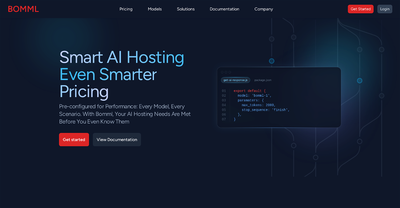GSD (Generate Synthetic Data) - Fraud

Snowflake''s Generate Synthetic Data (GSD) for fraud detection is a great tool that makes artificial but realistic data. This helps test and develop systems without using real customer information.
Key Features
Snowflake has several built in SQL functions to generate synthetic data. These include:
SEQ4 creates sequential 4 byte integers.
RANDOM makes pseudo random 64 bit integers.
UUID STRING generates universally unique identifiers (UUIDs) in string format.
UNIFORM produces uniformly distributed random numbers within a specified range.
NORMAL creates numbers following a normal (Gaussian) distribution with specified mean and standard deviation.
RANDSTR makes random alphanumeric strings of a specified length.
For more complex needs, Snowflake works with Python libraries like Faker and Mimesis. These can generate realistic fake data for various domains. Also, Snowflake''s Cortex offers Large Language Model (LLM) functions to create synthetic datasets that mimic real world data structures.
Benefits
Using GSD provides a secure way to test and develop systems. It protects sensitive information by using artificial data that is statistically similar to real data. This helps in compliance and reduces the risk of data breaches. The tool is versatile, allowing for the creation of diverse datasets tailored to different needs.
Use Cases
GSD is particularly useful in fraud detection. It allows for the creation of synthetic transaction data that can be used to train and test fraud detection systems. This ensures that the systems are effective without compromising real customer data.
GSD can be used in various other applications. It can generate synthetic customer reviews, e commerce transactions, and more. This makes it a valuable tool for any organization looking to enhance its development and testing environments while safeguarding sensitive information.
Cost/Price
The cost/price of the product was not provided in the article.
Funding
Funding details of the product was not provided in the article.
Reviews/Testimonials
User testimonials or reviews were not provided in the article.







Comments
Please log in to post a comment.